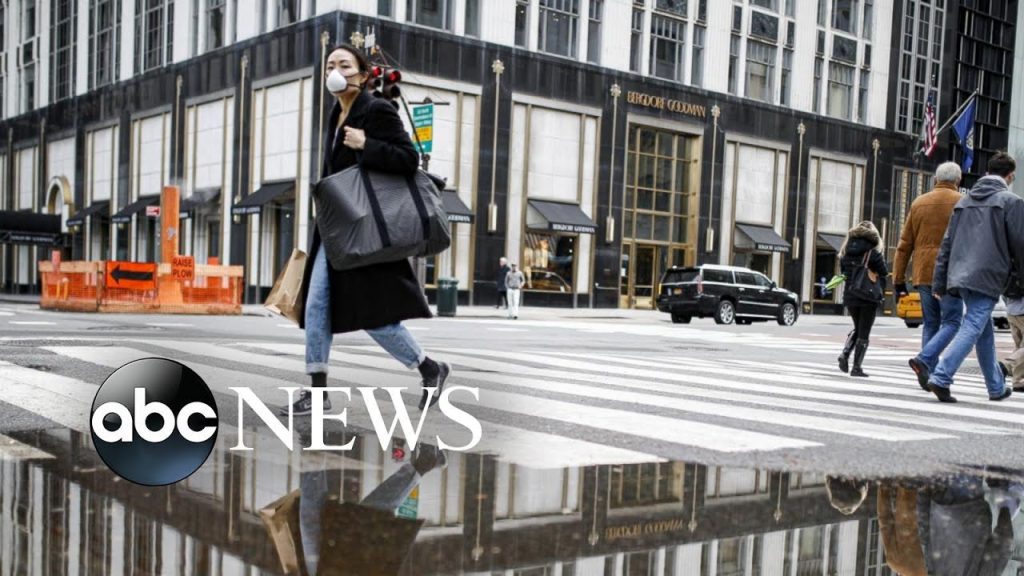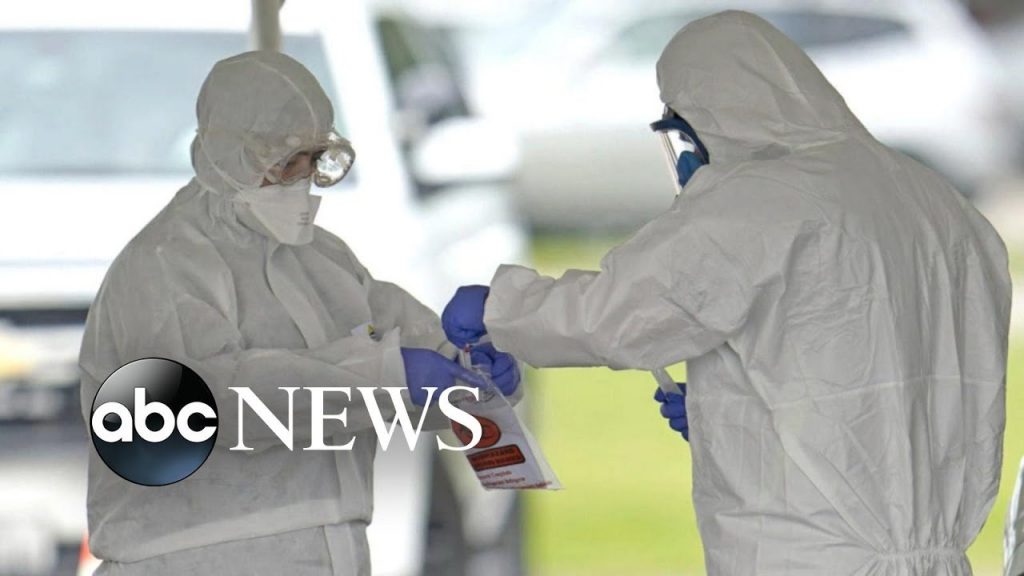China to Lift Lockdown on Coronavirus Epicenter

China’s Hubei province said it will allow transportation to resume for the city of Wuhan on April 8, effectively lifting a mass quarantine over the city where the coronavirus first emerged last December.
And the city’s public transport is getting ready to resume operations.
People in Wuhan will be allowed to leave the city and Hubei province, according to a statement on the provincial government’s website Tuesday.
The easing of restrictions comes as Hubei reported that new infections dropped to zero on March 19, a dramatic plunge from the height of an epidemic that’s infected more than 80,000 Chinese and killed over 3,200.
China still has a long road back to recovery, and there is a risk the highly-infectious pathogen could flare up again. Even as Hubei’s numbers have dwindled to single digits, China is facing another concern as imported cases continue to add to the country’s tally of infections.
What lessons can other countries learn from China’s experience in dealing with the outbreak?
After more than two months of lockdown, China is set to lift restrictions on Wuhan, the epicenter of the coronavirus outbreak. The announcement came after the city reported no new cases for several consecutive days, giving authorities hope that the worst of the epidemic might be over.
The lockdown began on January 23, when Wuhan was sealed off to prevent the spread of the virus, which is believed to have originated at a seafood market in the city. Since then, millions of people in Hubei province, where Wuhan is located, have been living under strict quarantine, with no one allowed to leave their homes except for essential reasons like buying food and medicine.
The lifting of the lockdown is a significant milestone in China’s battle against the virus, which has infected more than 81,000 people in the country and killed over 3,200. It is also a welcome relief for the people of Wuhan, who have endured a harrowing period of isolation and uncertainty.
While the end of the lockdown is good news, it doesn’t mean that life in Wuhan will immediately return to normal. Many restrictions will remain in place, and it will take time for businesses, schools, and public places to reopen. The Chinese government has emphasized that the lifting of the lockdown will be done gradually and in a controlled manner, to avoid a resurgence of the virus.
At the same time, China is also stepping up efforts to prevent imported cases of the virus from entering the country. Authorities have implemented measures such as compulsory quarantine for travelers arriving from high-risk countries, as well as increased screening and testing of overseas arrivals.
China’s success in containing the virus has been widely praised by the international community, even as the pandemic continues to ravage other parts of the world. The country’s experience in dealing with the outbreak has been an invaluable source of knowledge and lessons for other countries, many of whom are now struggling to cope with their own outbreaks.
As the world awaits a possible vaccine for the virus, China’s unwavering response to the pandemic gives hope that it is possible to beat it, through solidarity, cooperation and rigorous public health measures.
In conclusion, the lifting of the lockdown in Wuhan is a significant step towards the normalization of life in China, and a positive development in the global fight against the coronavirus. However, this is not the end of the crisis, and vigilance and caution will remain essential in the coming weeks and months.









Fed cuts rates, signaling what’s going on in the global economy
China Pushing Coronavirus Disinformation, U.S. Intelligence Officials Say
Senate blocks two anti-abortion bills as reproductive rights battle heats up
Chinese economy is going through transformation: BNP Paribas China CEO | East Tech West
California May Start School Year in Summer, Governor Newsom Says